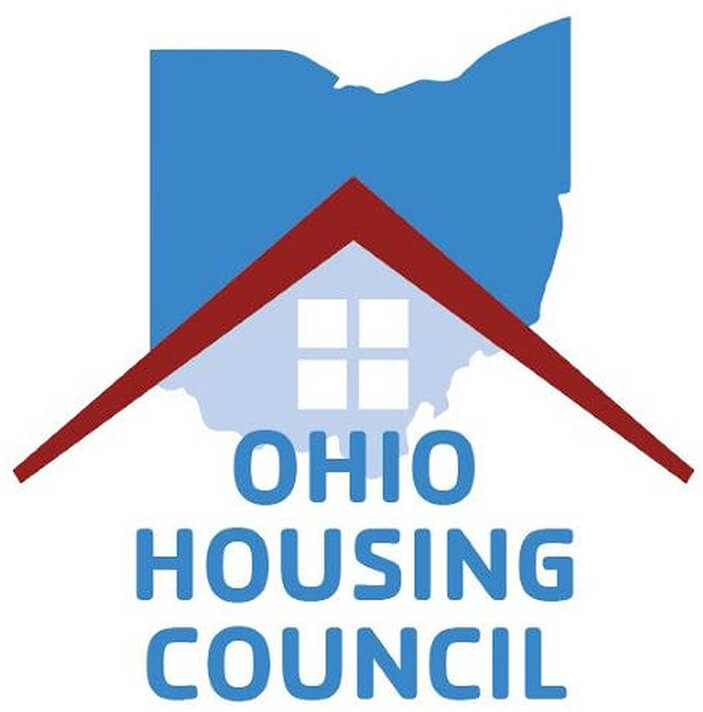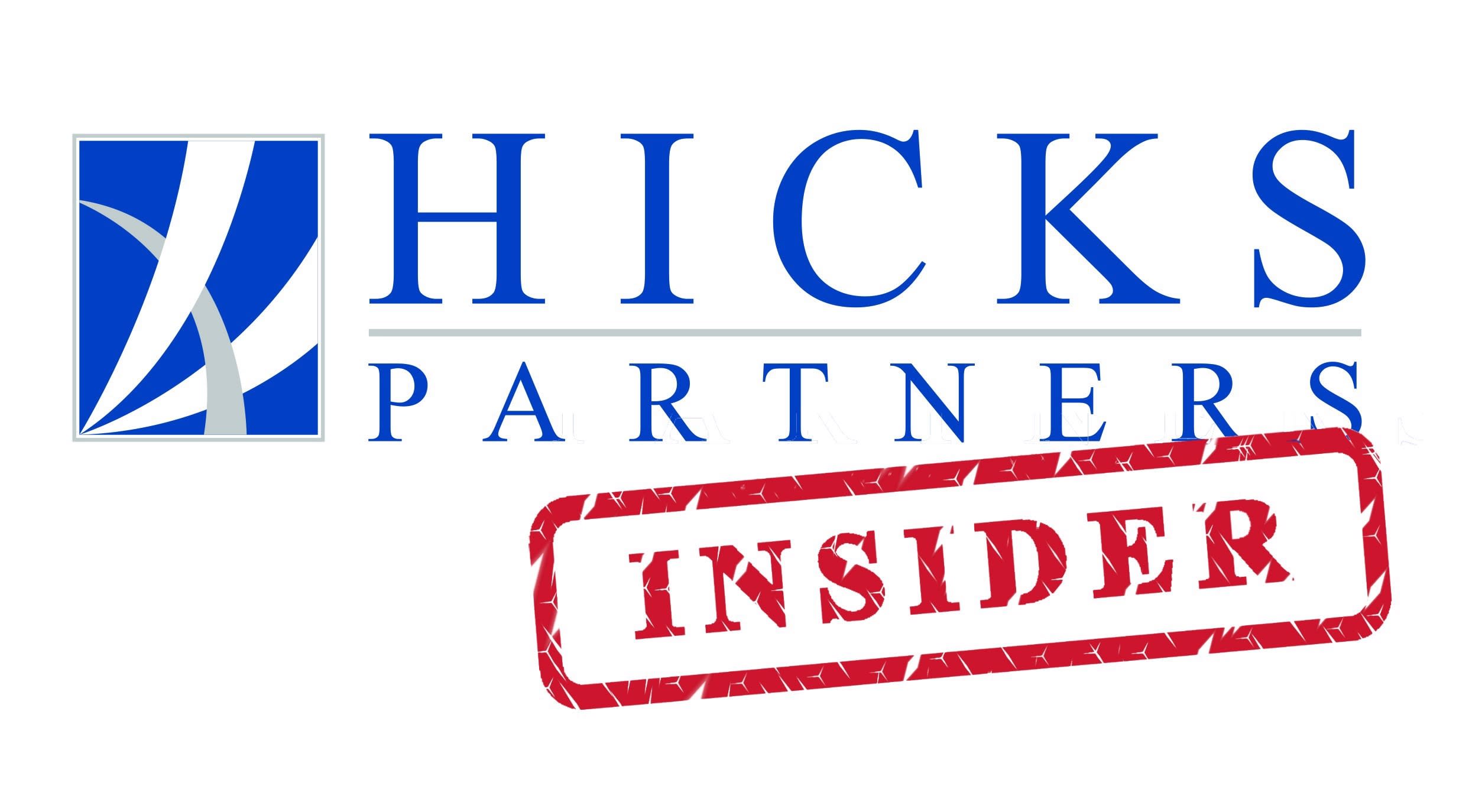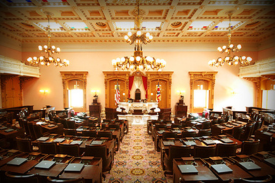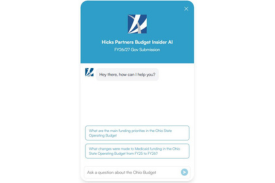Last week the Ohio House of Representatives passed its two-year state operating budget, setting the stage for Senate consideration. The $202.7 billion spending plan for Fiscal Years 2026-2027 includes $91.5 billion in General Revenue Fund appropriations—higher than the current biennium but below Governor DeWine's original proposal.
The budget passed 60-39, with five Republicans breaking ranks to vote against the measure.
The bill includes a provision to cap what school districts can keep as budget reserves at 30% of prior year spending. Anything over the new cap would be returned to taxpayers as property tax reductions. Proponents contend this will result in the largest property tax relief in state history, totaling $4.2 billion.
The most significant floor action came through an amendment by Finance Chair Rep. Brian Stewart (R-Ashville) to modify the Cleveland Browns stadium funding plan. The team's upfront payment will increase from $38.5 million to $50 million, with that investment expected to grow to $250 million over the 25-year bond period.
The House also reallocated $250 million from the All-Ohio Future Fund to the state’s brownfield remediation program, which has been more successful in promoting economic development.
The Senate has already begun budget hearings and will continue when they return from spring break in late April. Senators are expected to vote on their version of the budget by June 12.
Look for the Senate to focus on school funding, housing investments and possible further reduction in the state income tax as they do their work.








